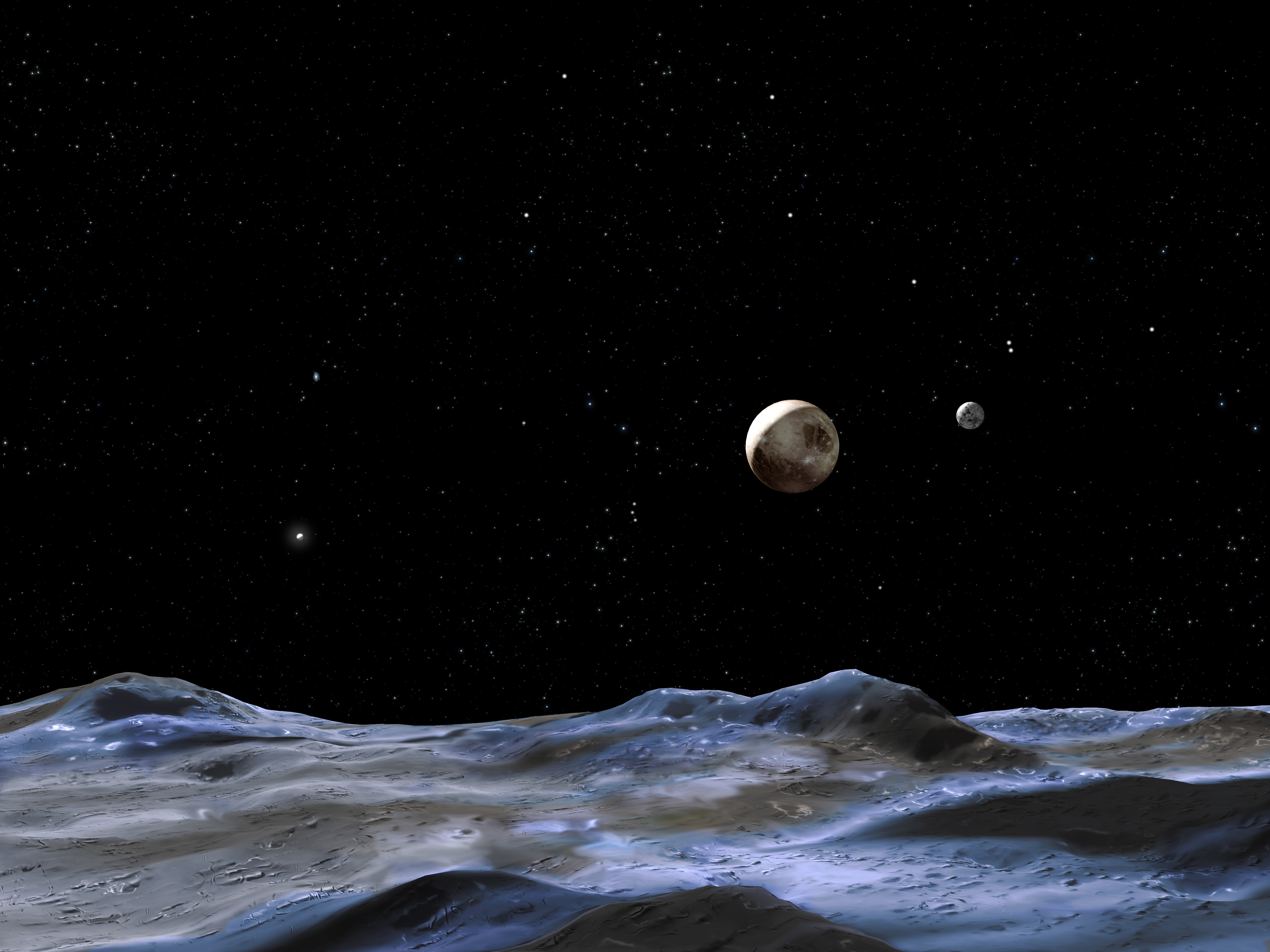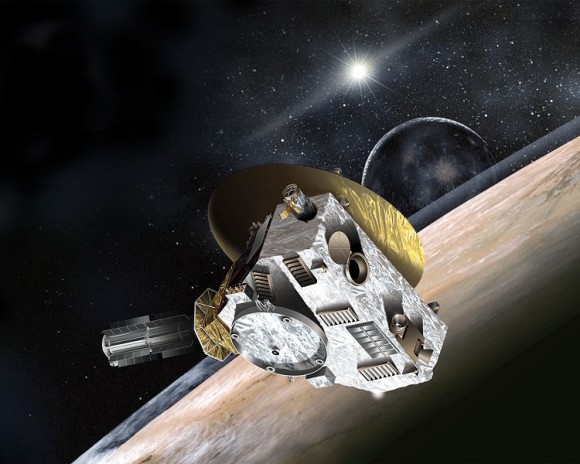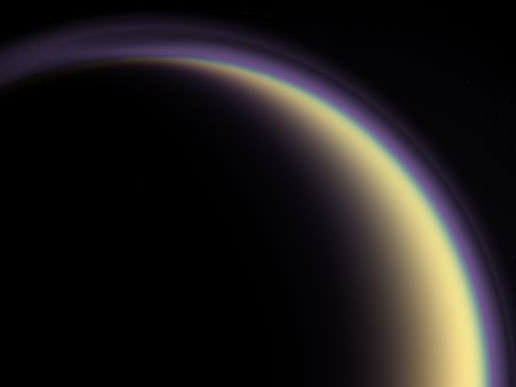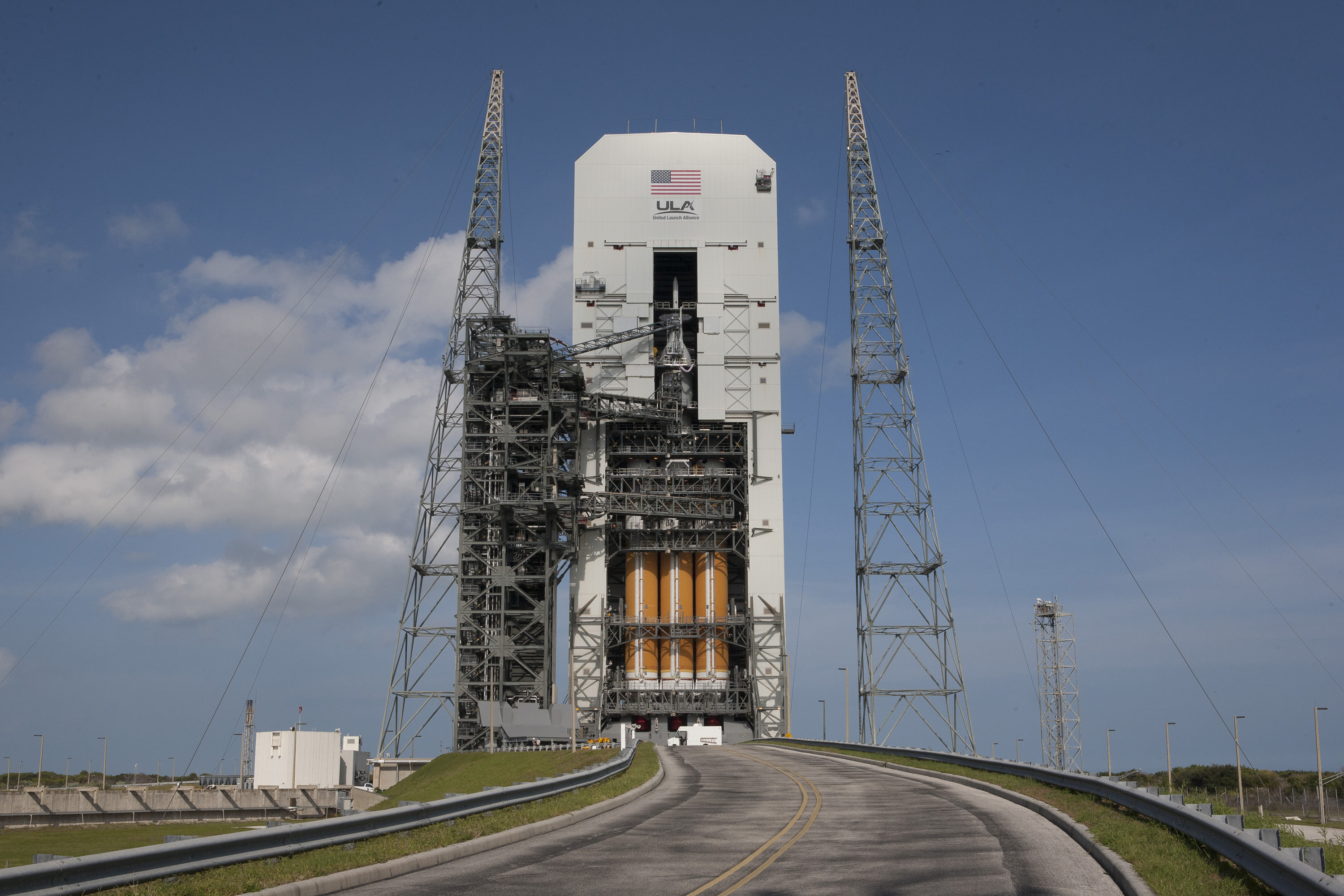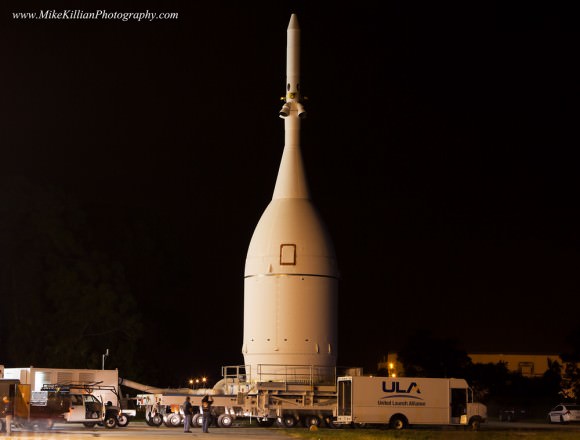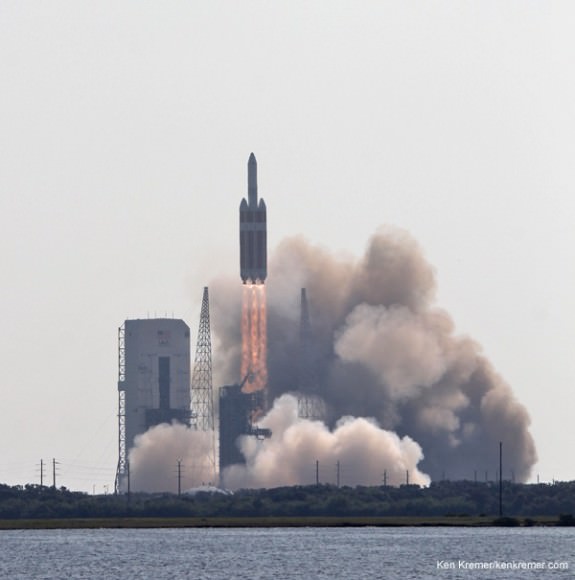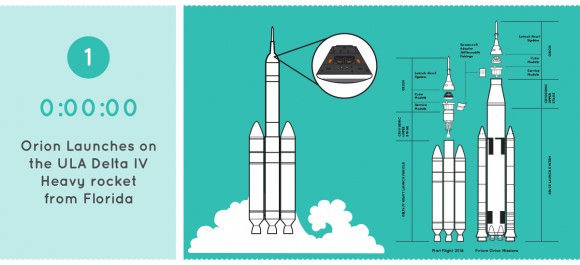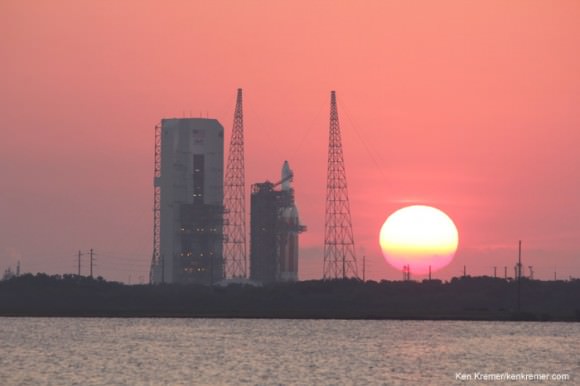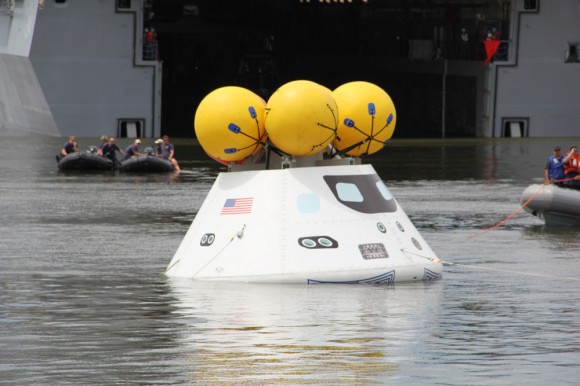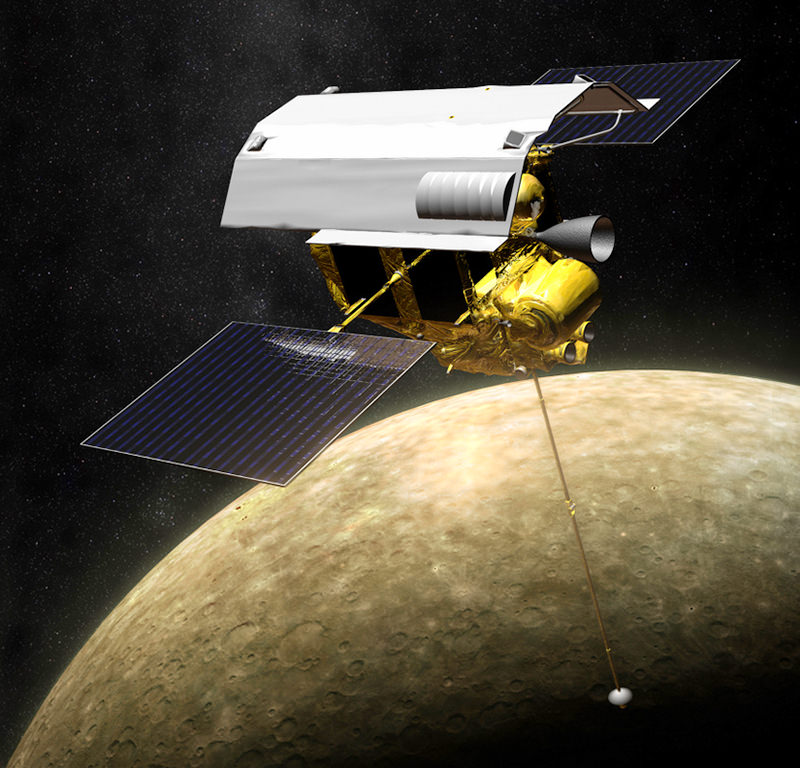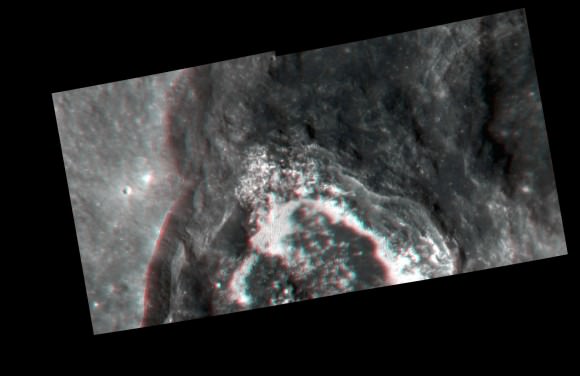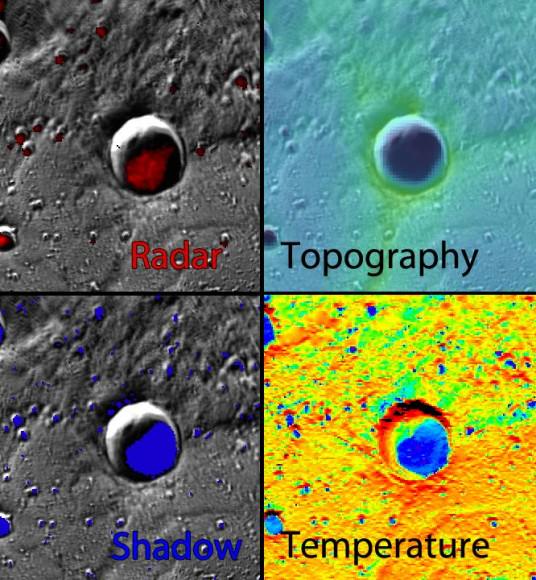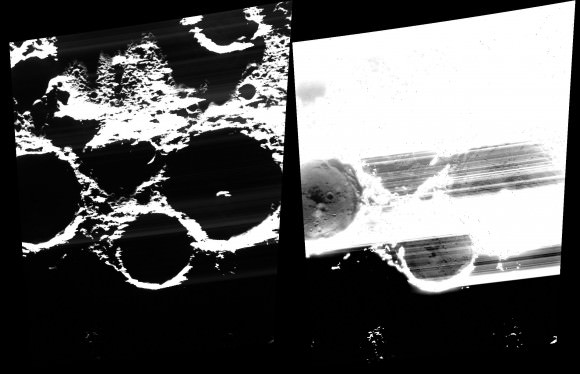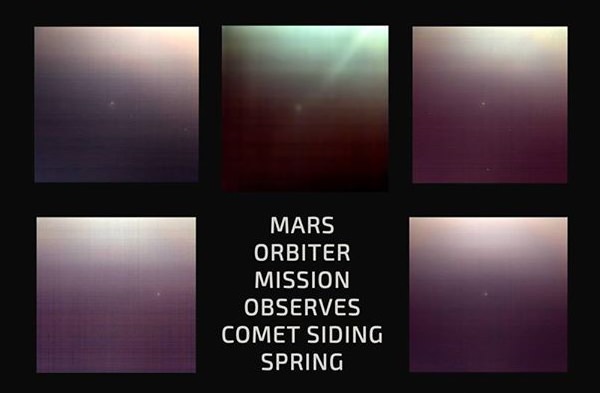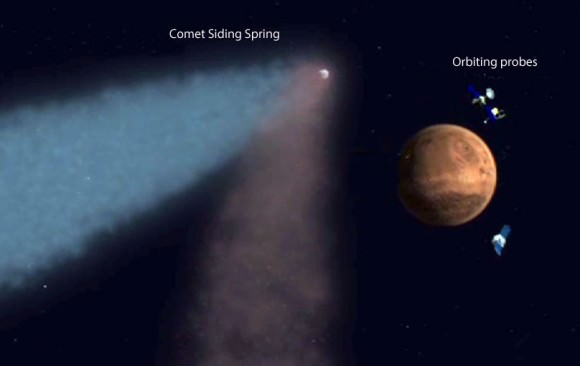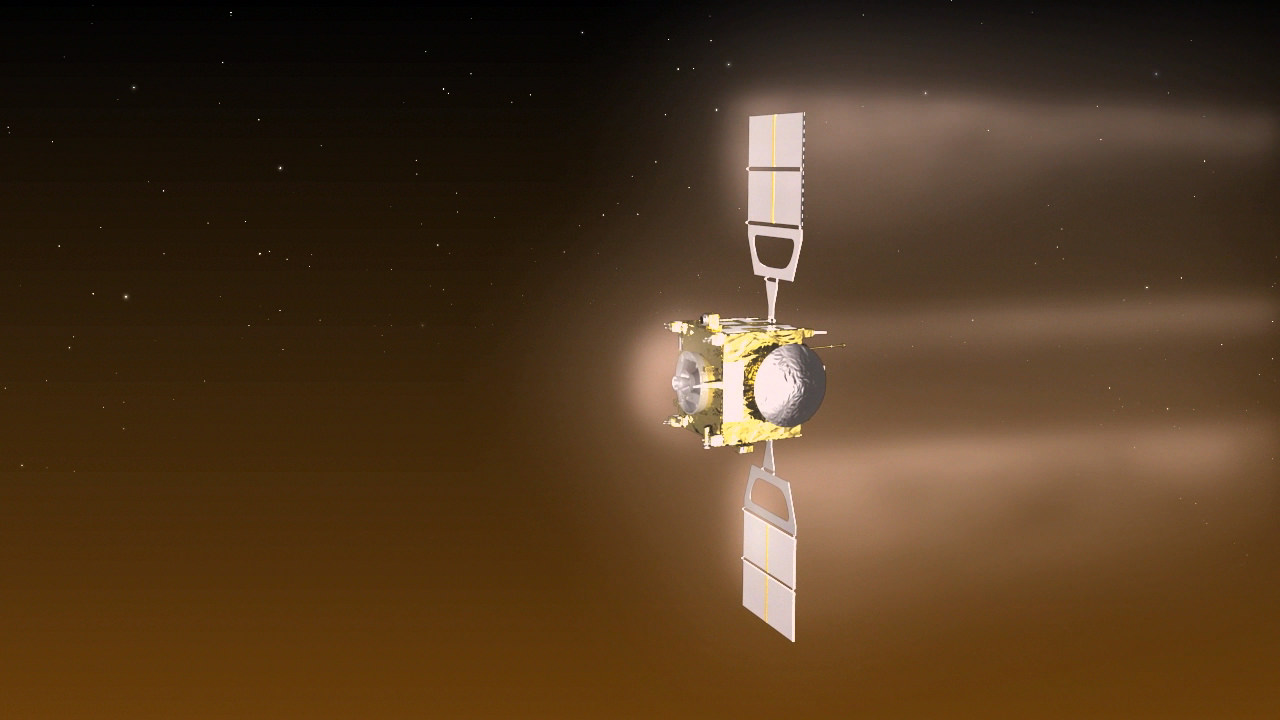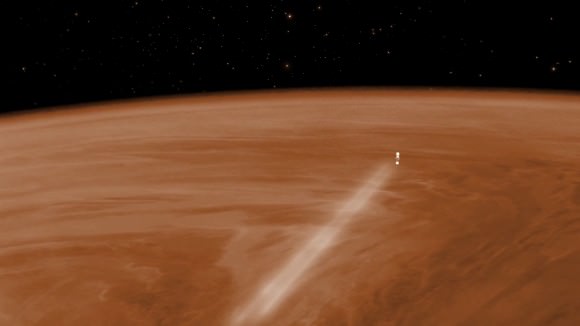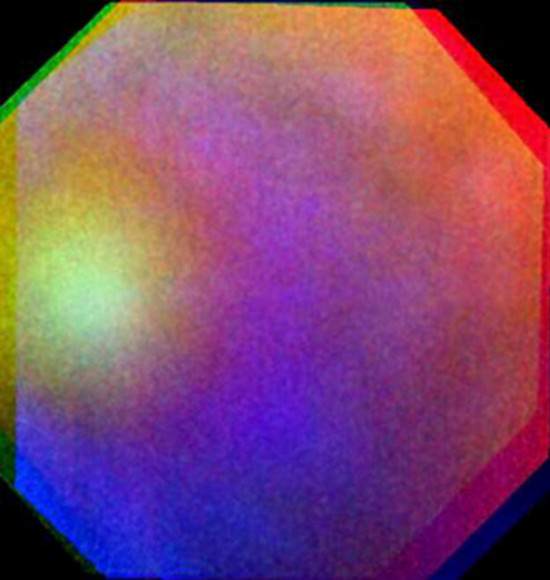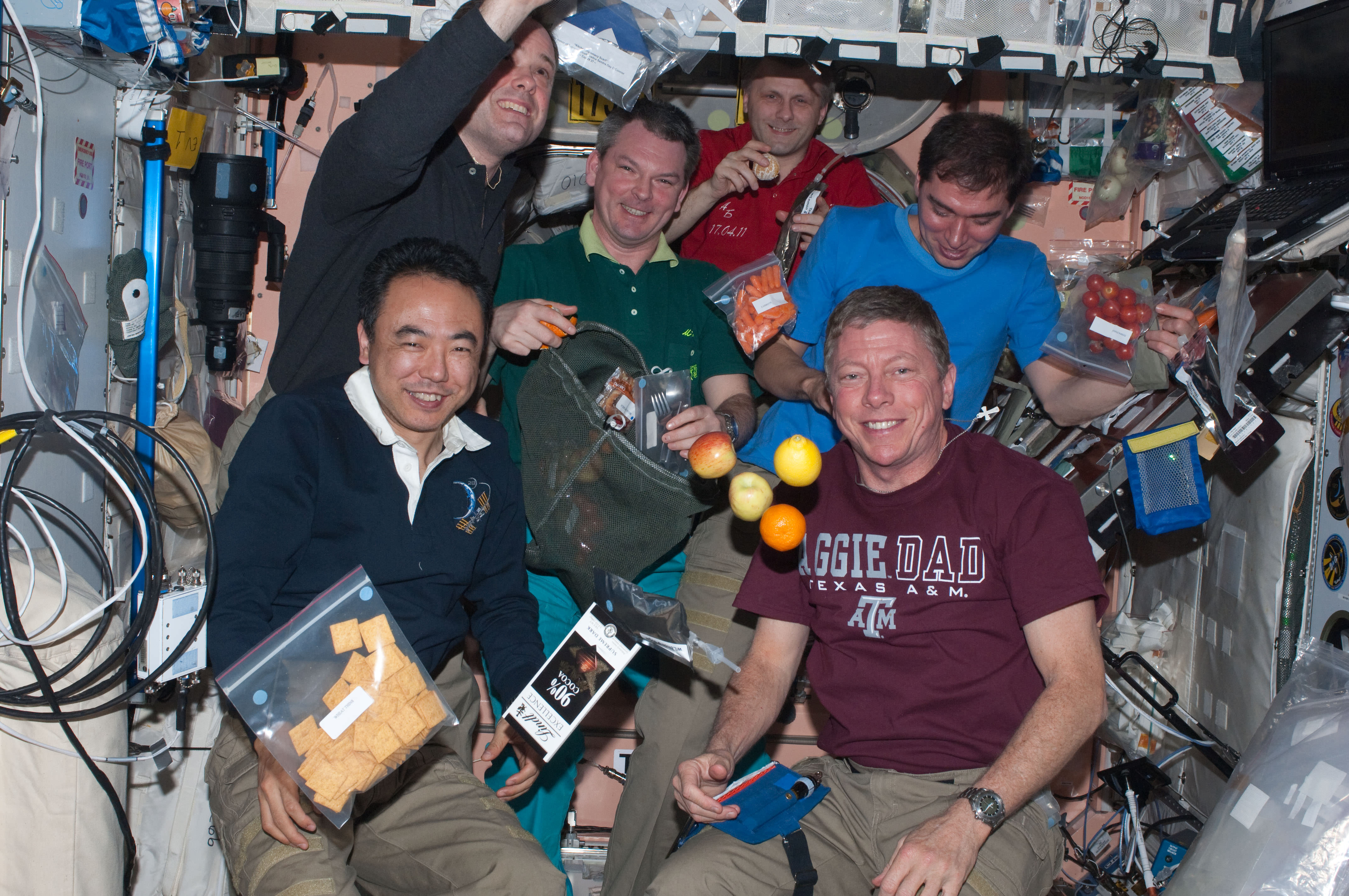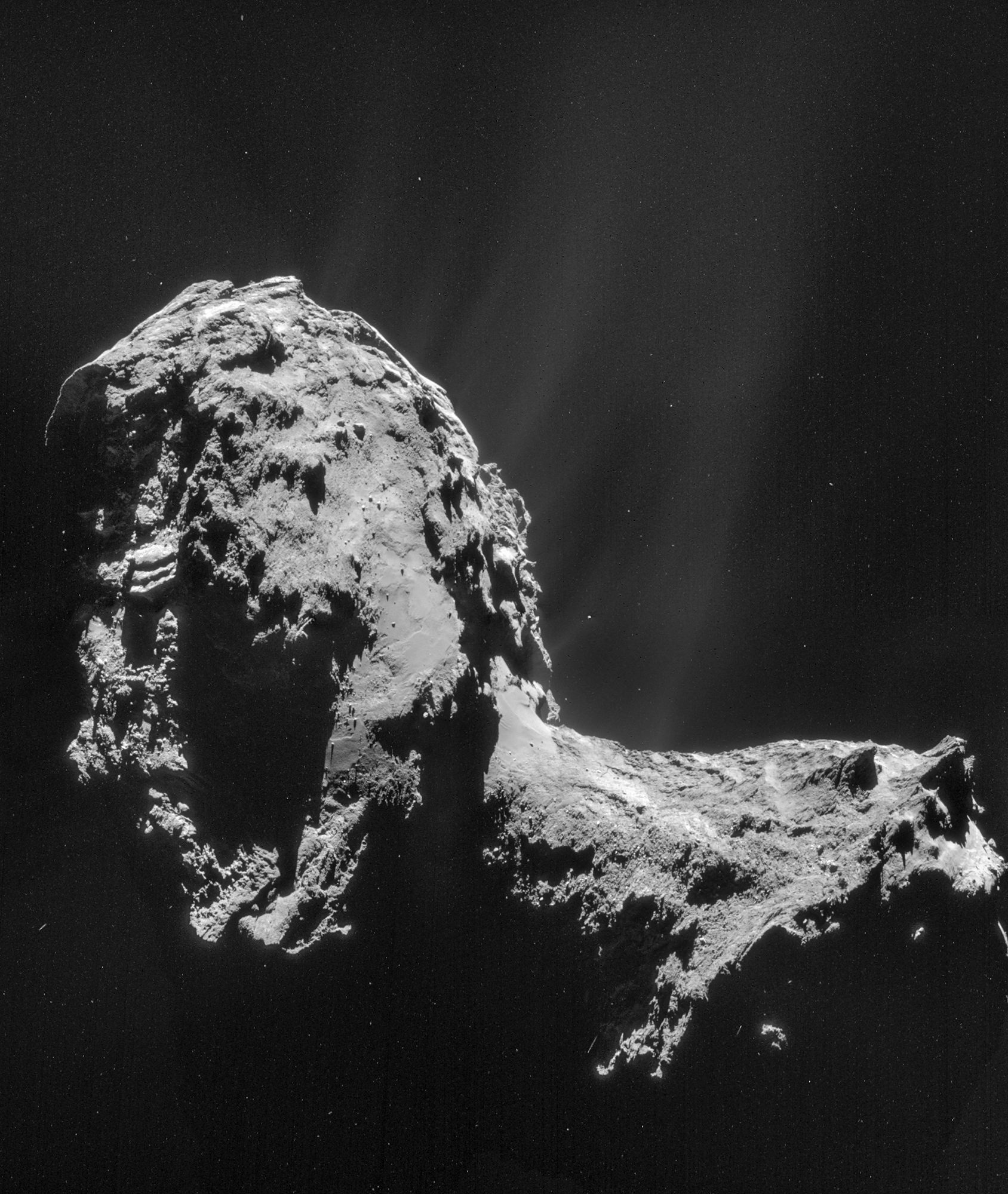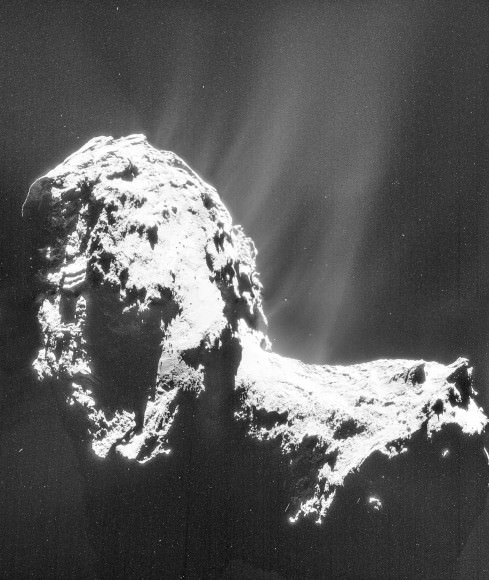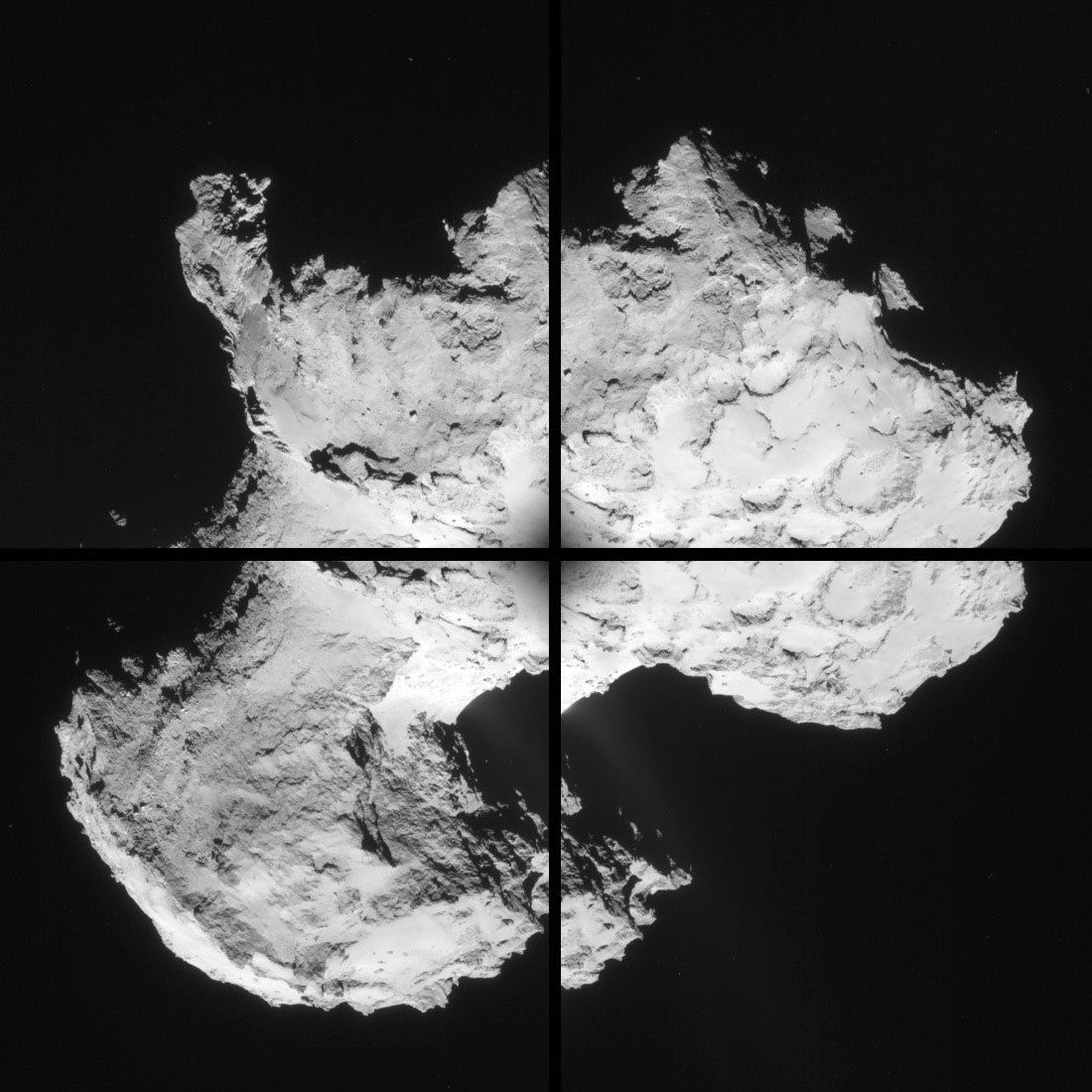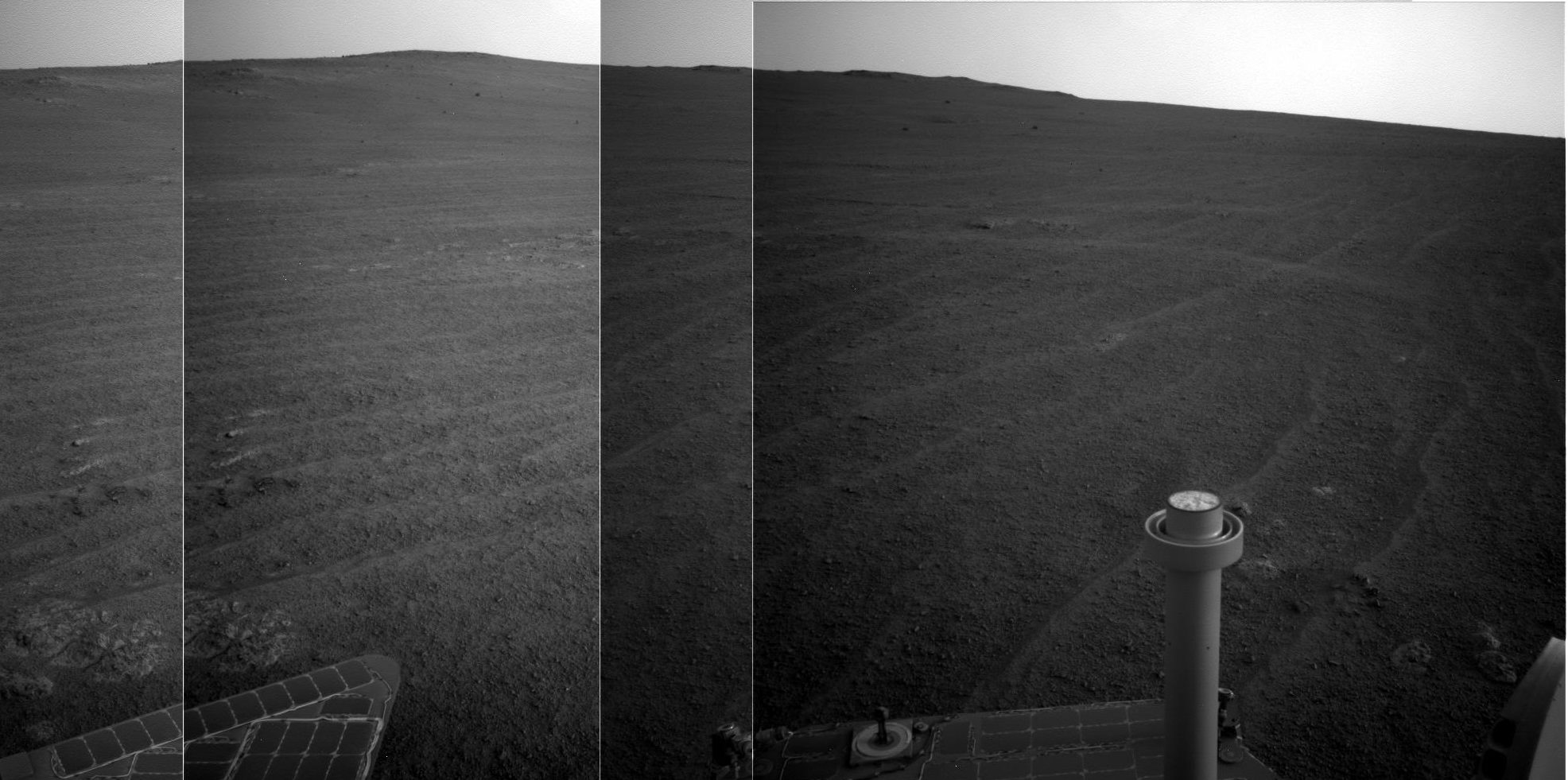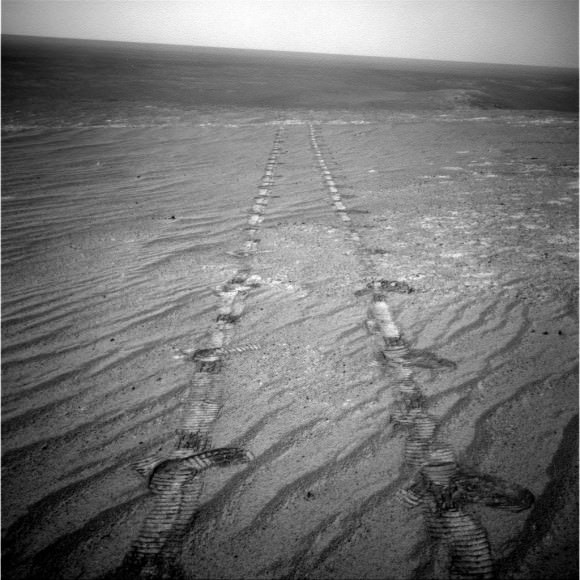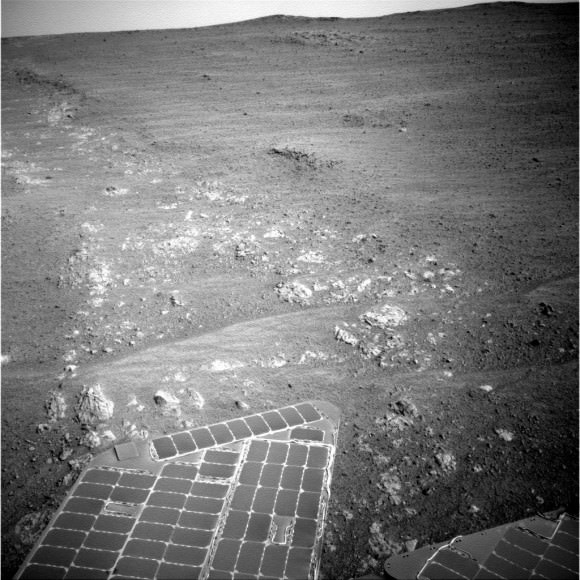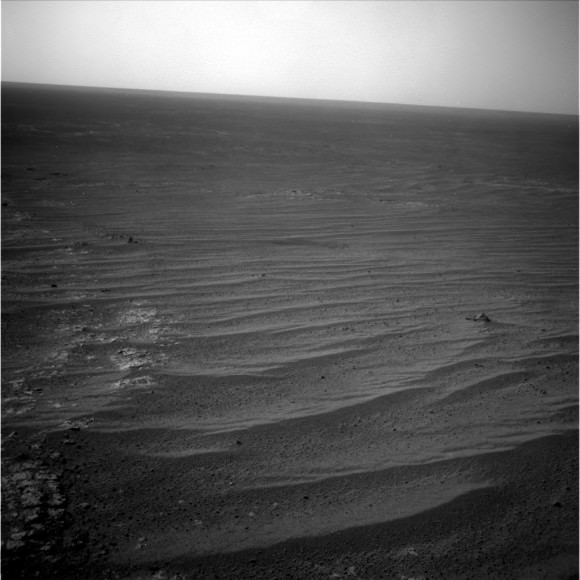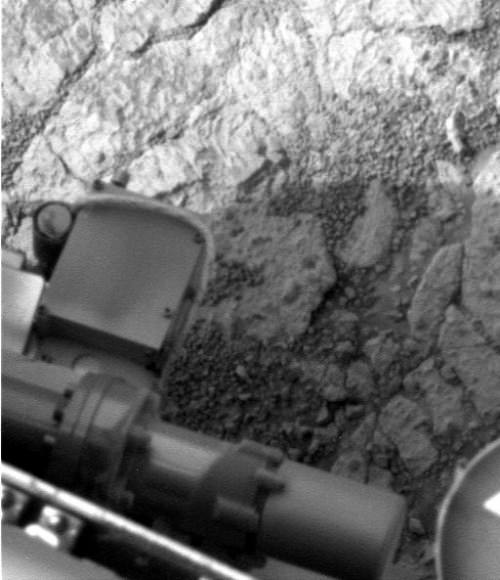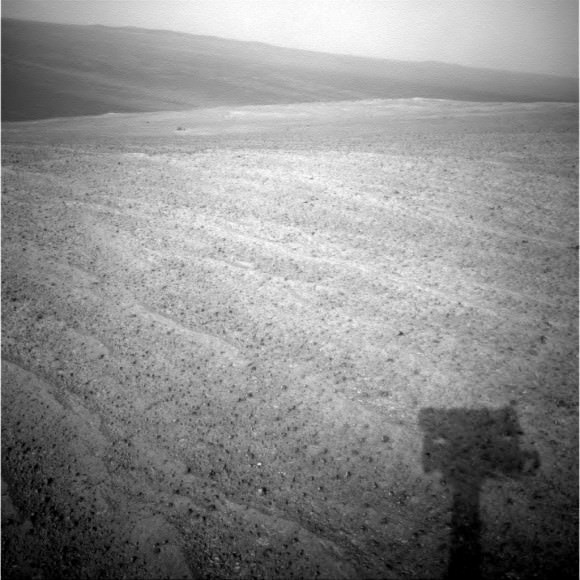The year 2015 is going to be a big one for far-off spacecraft. Among them is the long-running Dawn mission, which is on its way to the dwarf planet Ceres (by way of Vesta) and should settle into orbit in April after a radiation blast delayed the original flight plan.
And today (Dec. 1) comes a special day for Dawn — when it turns its cameras to Ceres to capture the world, which will appear about nine pixels across. The reason? Besides scientific curiosity, it turns out to be a perfect calibration target, according to NASA.
“One final calibration of the science camera is needed before arrival at Ceres,” wrote Marc Rayman, the mission director at the Jet Propulsion Laboratory, in a recent blog post.
“To accomplish it, the camera needs to take pictures of a target that appears just a few pixels across. The endless sky that surrounds our interplanetary traveler is full of stars, but those beautiful pinpoints of light, while easily detectable, are too small for this specialized measurement. But there is an object that just happens to be the right size. On Dec. 1, Ceres will be about nine pixels in diameter, nearly perfect for this calibration.”
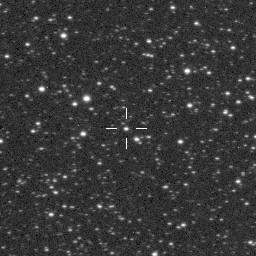
This isn’t the first picture of Ceres by Dawn — not by a long-shot — but it sure will loom bigger than you see in the image at left, which was taken in 2010. Dawn hadn’t even arrived at Vesta at the time, the blog post points out, and the spacecraft was about 1,300 times further from Ceres then as it is now. Translating that into visual magnitude, the new pictures of Ceres will show an appearance about as bright as Venus, from Earth’s perspective.
In October, the Dawn blog said that more pictures of Ceres are planned on Jan. 13, when Ceres will appear 25 pixels across. This won’t be quite the best view ever — that was taken by the Hubble Space Telescope, which you can see below, — but just wait a couple of weeks. The mission planners say that by Jan. 26, the images will be slightly better. On Feb. 4, they will be twice as good and by Feb. 20, seven times as good.
As with the calibration photo taken today, these photos in 2015 will have a double purpose: optical navigation. It’s to help the spacecraft figure out where to go, because our pictures of Ceres are so fuzzy that mission planners will need more exact information as the mission proceeds.
You can read more information about the picture-taking, and Dawn’s planned approach to Ceres, in the Nov. 28 entry of the Dawn blog.



